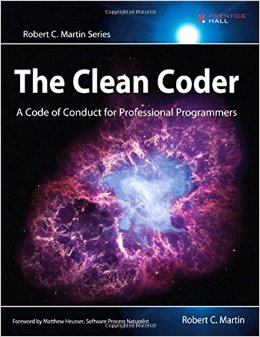So our second sprint has concluded, and with that, the change from posting once every week to posting once every sprint has begun! Additionally, we have changed our sprints so that instead of having four days of downtime in between sprints, we only have a day. I really like the way this class is developing.
This sprint included some pretty good steps in the right direction. Everyone in my group was able to get OpenMRS and AMPATH to run locally on their machines, and we were able to dig our hands into some code. Each of us took it upon ourselves to rewrite the AMPATH Authentication Module in order to learn more about REST API. A few of us, myself included, have already had some experience with this so it has not been a huge leap. Not everyone, myself included, has completed rewriting the Authentication Module, but I intend to finish it during the next sprint.
Our group really got a good feel for how the sprint cycle works this time around. We conducted our own sprint planning meeting, broke down our stories into tasks in our own story time, and had a successful sprint review and retrospective. Everyone has been participating in the daily scrums, and I’m glad to see that our dedication to the process has been fruitful. I can only imagine that, as a group, we will become more efficient and more productive as the semester continues.
From the blog cs443 – TayNock's Blog by taynock and used with permission of the author. All other rights reserved by the author.




